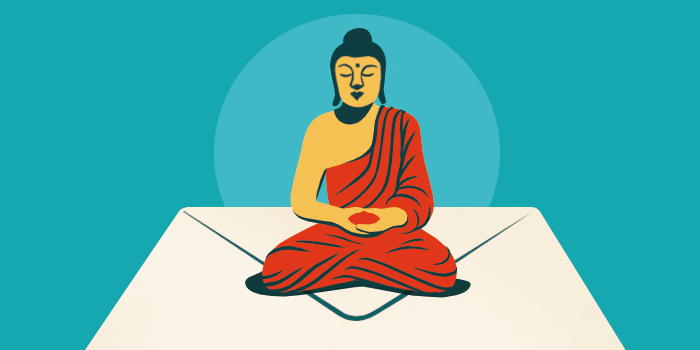Theravada in Southeast Asia
India is the cradle of Buddhism, but Theravada has found its most enduring home in Southeast Asia, where it has been practiced for 22 centuries. Today, in Sri Lanka, Thailand, Laos, Cambodia, and Myanmar (formerly Burma), the majority of people are Theravada Buddhists, and southern Vietnam also has a sizeable Theravada population. The religion has profoundly shaped the cultural and political landscape of those countries throughout their long and complex histories.
The earliest record of Theravada Buddhism’s migration from India to Southeast Asia dates back to the time of the Indian emperor Ashoka who, according to the traditional account, around 250 BCE sent his son and daughter to Sri Lanka to spread the dharma. Theravada made its way to the Southeast Asian kingdoms in the area that comprises modern-day Myanmar, and over the next few centuries it continued to spread across the region via trade, marriage, and religious missions. (At the same time, Mahayana Buddhism also took hold in many parts of Southeast Asia, especially via Silk Road trade and missions.)
From about the 7th century to the mid-19th century, foreign invasions, the rise of Islam, internal schisms, and other forces periodically wiped out Theravada institutions, causing Buddhism to decline in Southeast Asia. As Theravada’s influence waxed and waned, monastics and lay devotees periodically traveled from their home countries—especially Sri Lanka, Thailand, and Myanmar—to regions where Theravada was struggling to revive the ordination of monks.
Until recently, lay life in the Theravadin countries of Southeast Asia hinged on the relationship between laypeople and monastics. The laity provided economic support for monastics, accruing spiritual merit through those acts of generosity (dana), while monastics provided both religious and non-religious education for children, offered chants and blessings, and presided over funerals and other ceremonies. To this day, many boys and young men take temporary ordination for a few days or longer, in part to bring honor and merit to their families.
For centuries, in lineages that practice meditation—some do not—meditation was largely the purview of monastics. But in the late 19th and early 20th centuries, Sri Lanka, Thailand, and Burma underwent Theravada revivals that surfaced the Buddha’s emphasis on meditation and individual liberation, leading monastics to begin teaching meditation to laypeople. Today, globalism has wrought enormous changes in Southeast Asian cultures and in peoples’ connection to Theravada Buddhism in daily life, but in many, many places, Theravada is still alive and well.

Tricycle is more than a magazine
Gain access to the best in sprititual film, our growing collection of e-books, and monthly talks, plus our 25-year archive
Subscribe now